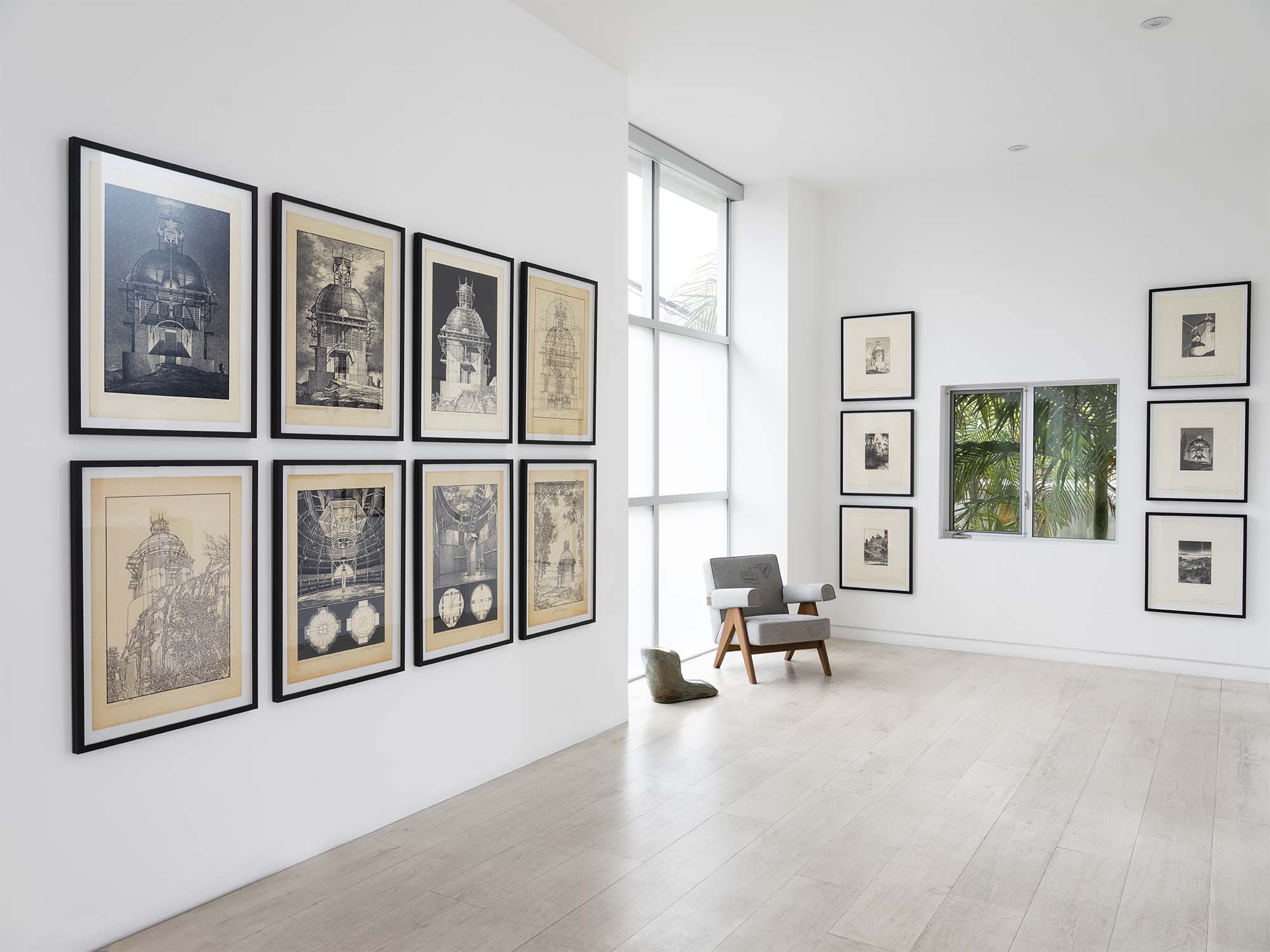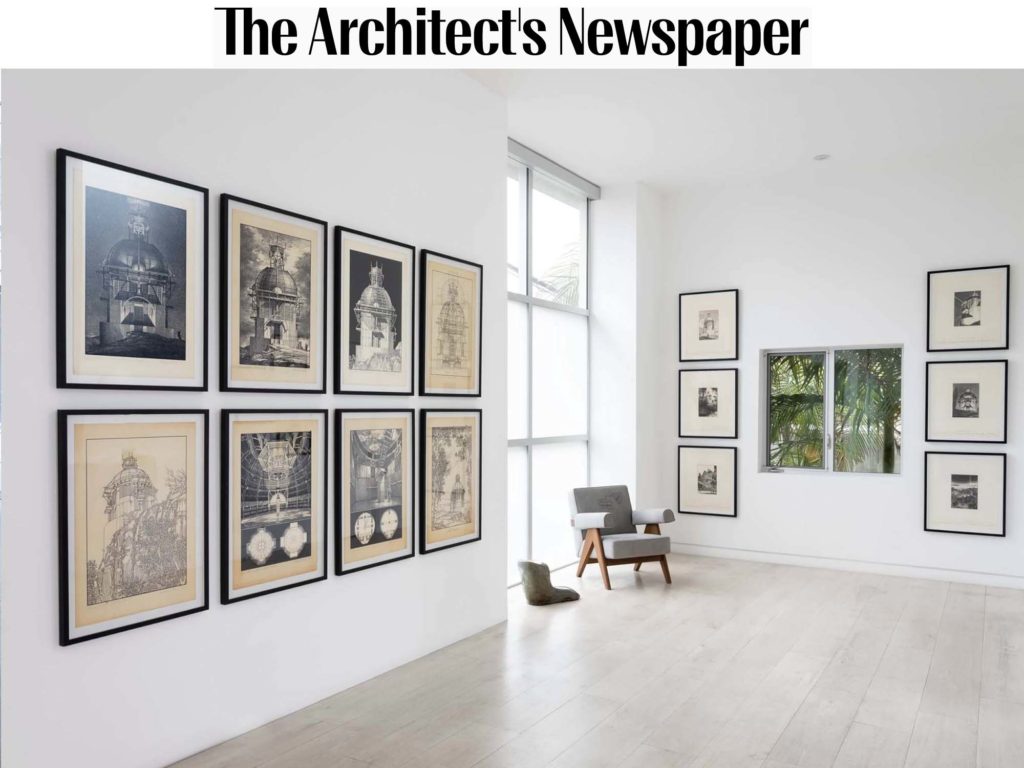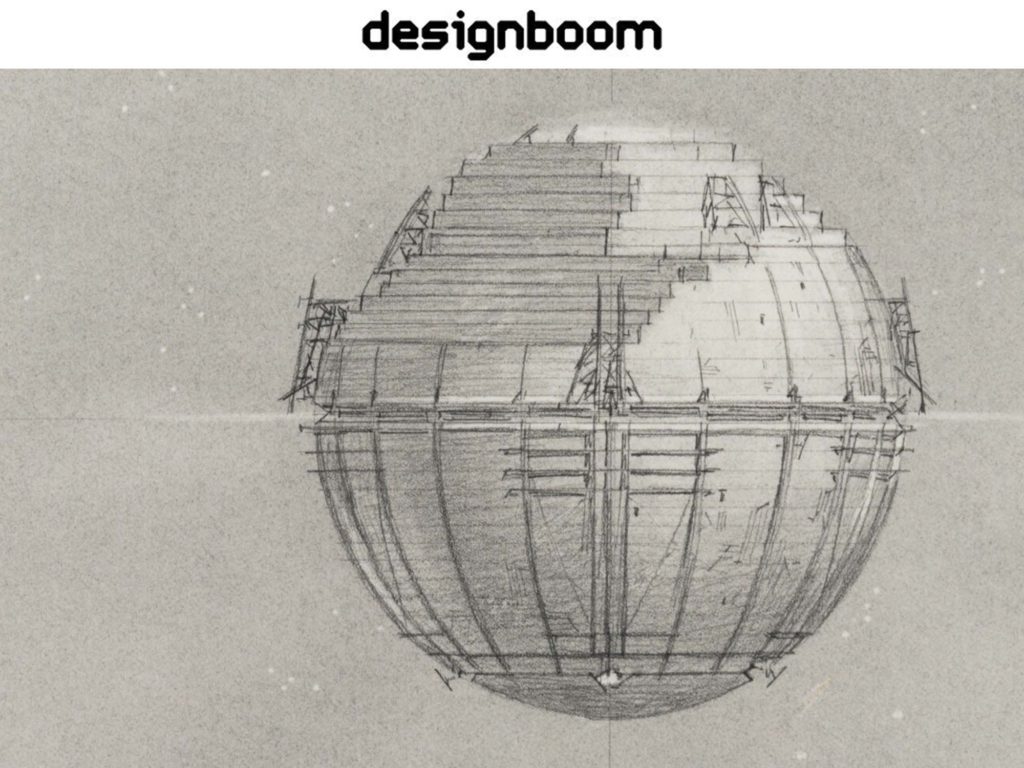Friedman Benda is pleased to present Lebbeus Woods, Ecologies, 1984-1990. Curated by Jennifer Olshin, the exhibition brings together an impressive corpus of Woods’ drawings, focusing on three building projects created between 1984-1990. Together, these drawings represent a cache of ideas so radical and prescient that even today, works that are over 30 years old, offer students, architects, and thinkers all over the world, a never-ending springboard for architectural imagination.
Lebbeus Woods (1940-2012) was one of the most pre-eminent visionary architects of the late 20th / early 21st centuries. A theorist, educator, poet, master draftsman, and architect, it is his extraordinary drawings that are fundamental to his sweeping and radical vision of what architecture could be. Central to that vision was an indomitable quest to discover how architecture could be instrumental to individuals, “teach us how to live,” impact communities, and create new types of inhabitable space within emerging urban constructs.
The drawings on view include Epicyclarium (1984-5); Solohouse (1988-89); and Aliens (1990): In these works, he captures light and energy forces, suspends gravity, renders borders useless, and imagines alternative realities and future cities reveling in constant flux. Using a vast breadth of narrative, romantic, axiometric, schematic, or completely abstract visuals, Woods presents architecture that responds to society and within which society could engage in limitless possibilities.
Epicyclarium is a complete thought experiment – designed to generate an evolving global image. Woods describes Epicyclarium as the “cure for a fever” to build a “new unity of form, idea, and experience.” As he wrote, “it is not meant to be a style of architecture per se, but in an evolution of consciousness, a co-ordination of hand and eye and mind with elemental forces acting in the world.” Divided into the Lower Chamber, Upper Chamber, and sub-chamber, the structure processes digital data drawn from across the spectrum of human behavior and natural phenomena, to “correlate and unify diverse fields of study and work.”
Solohouse is what Woods called a “living laboratory,” beginning as an idea of a house for one person – an “atom” of architecture to be studied and replicated into molecules or compound substances like towns and larger cities. It was the closest to a realized building that he came.
Aliens, drawn while in residence at Chateau Marmont, Hollywood, and the Pinewood studios, England, was a building project Woods created as a “conceptual architect” for Twentieth Century Fox Film Corporation. It follows the story of a religious colony that escaped earth to live in a commercial facility in outer space, without electricity or modern technology. The drawings document the imagined world of this colony from its Cathedral to the view of it from earth.
The show offers an opportunity to cross-reference these discrete series’ that each bear out Woods thesis; that drawing is neither a proposal nor a standard tool for communication, rather a means of exploration, for thinking and discovery at the micro and the macro-levels. Each starts with light, energy, matter, the cosmos, and each incorporates idiosyncrasies and verisimilitudes of humanity to challenge existing grids and offer solutions.
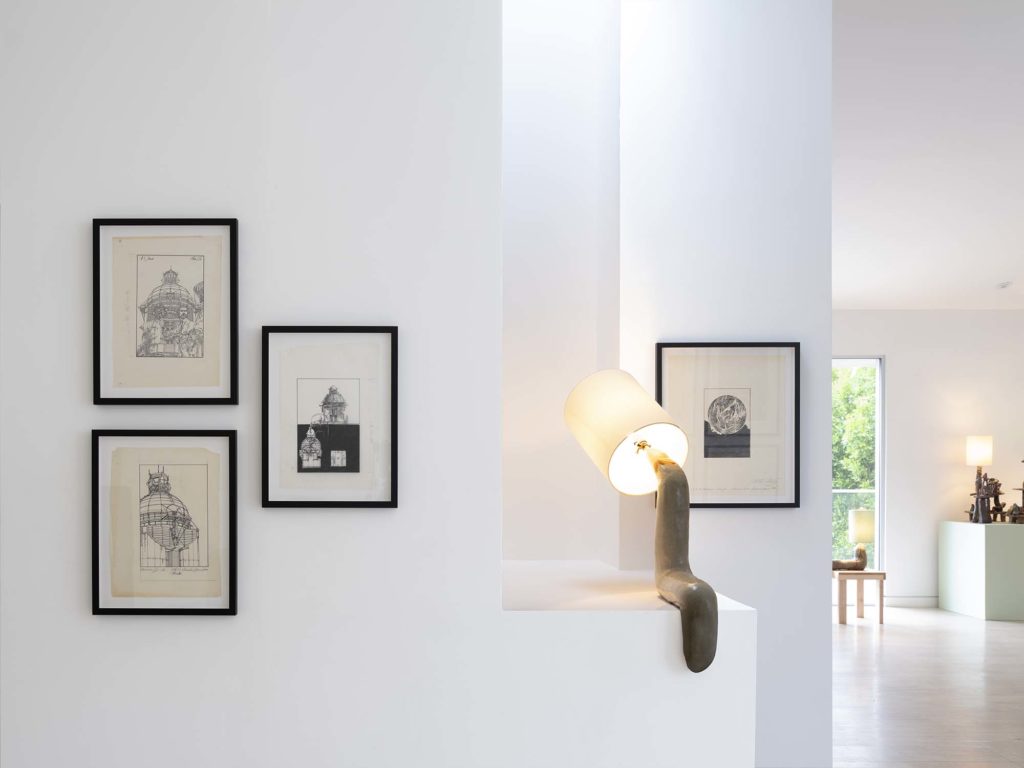
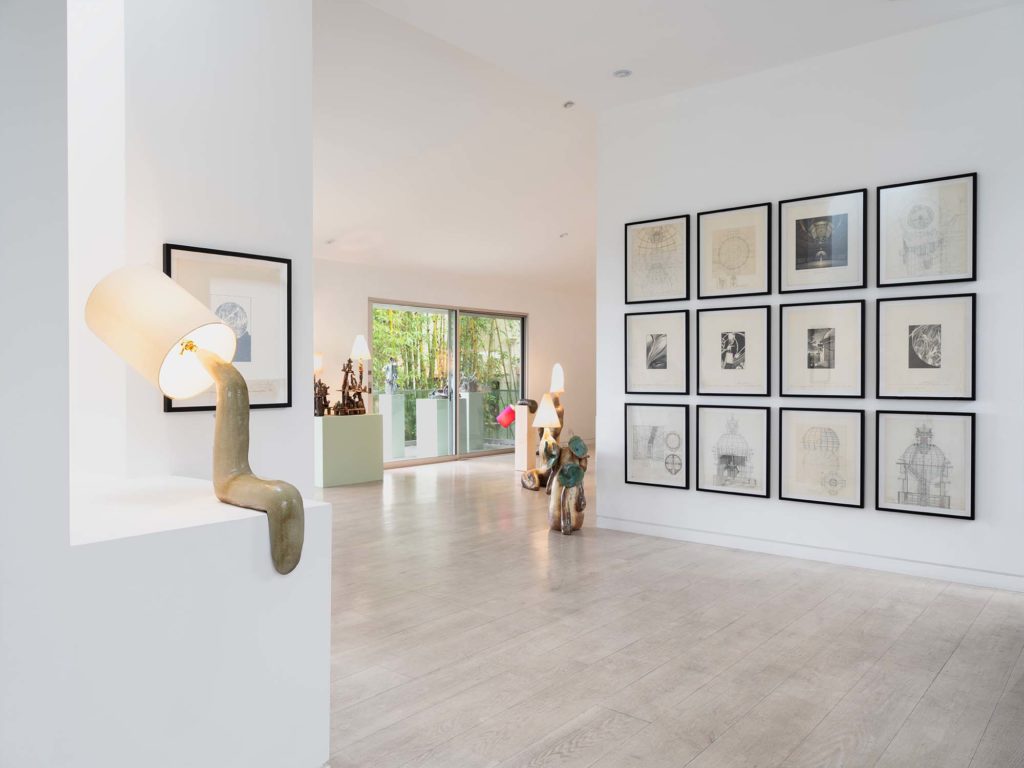
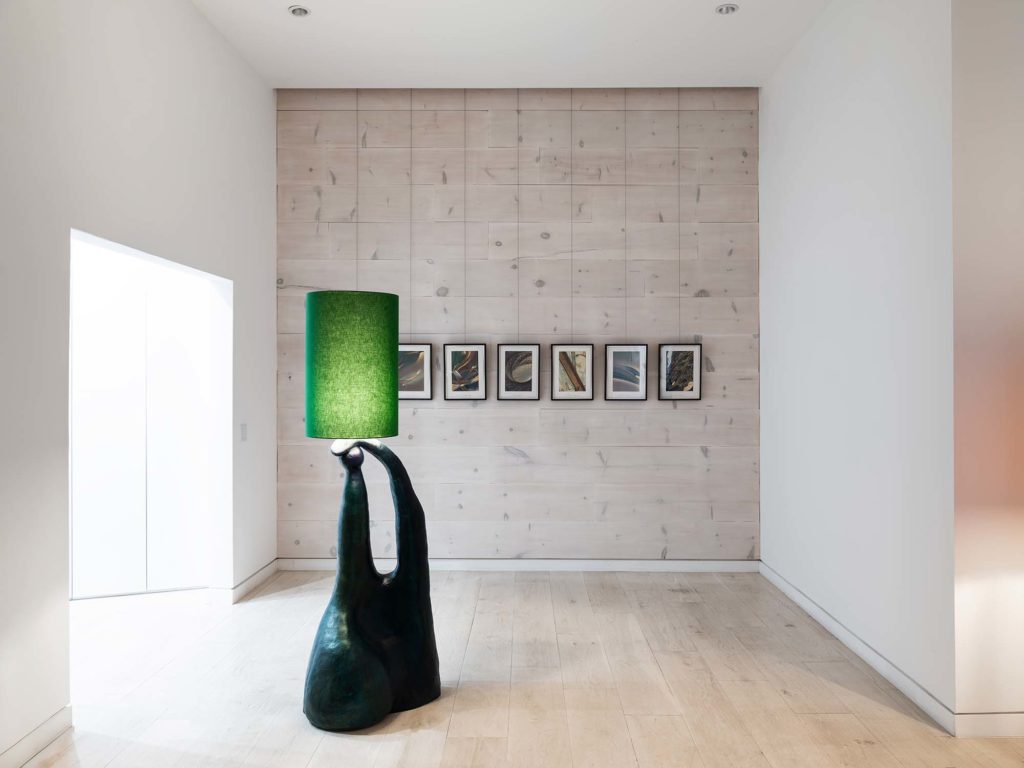
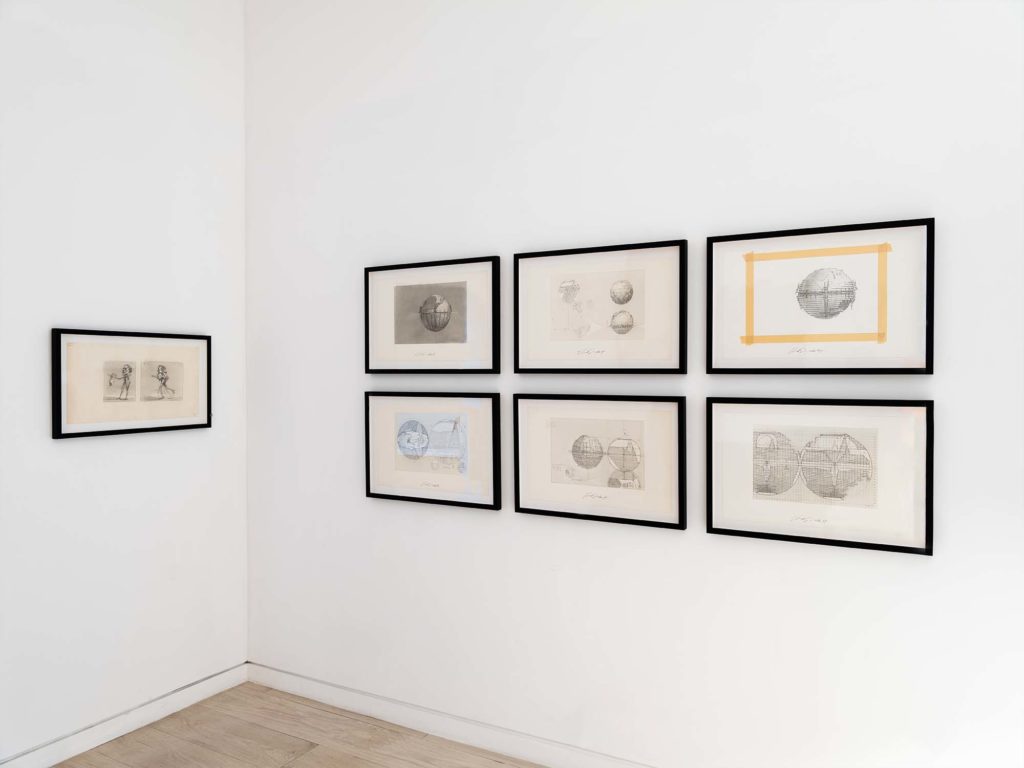
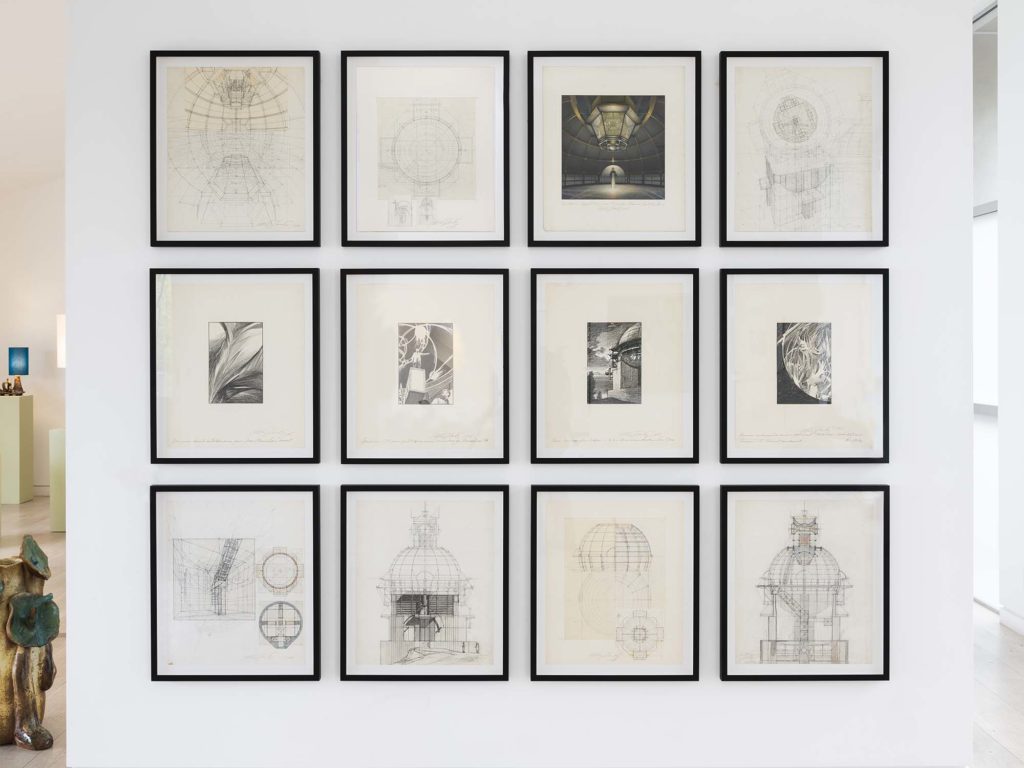
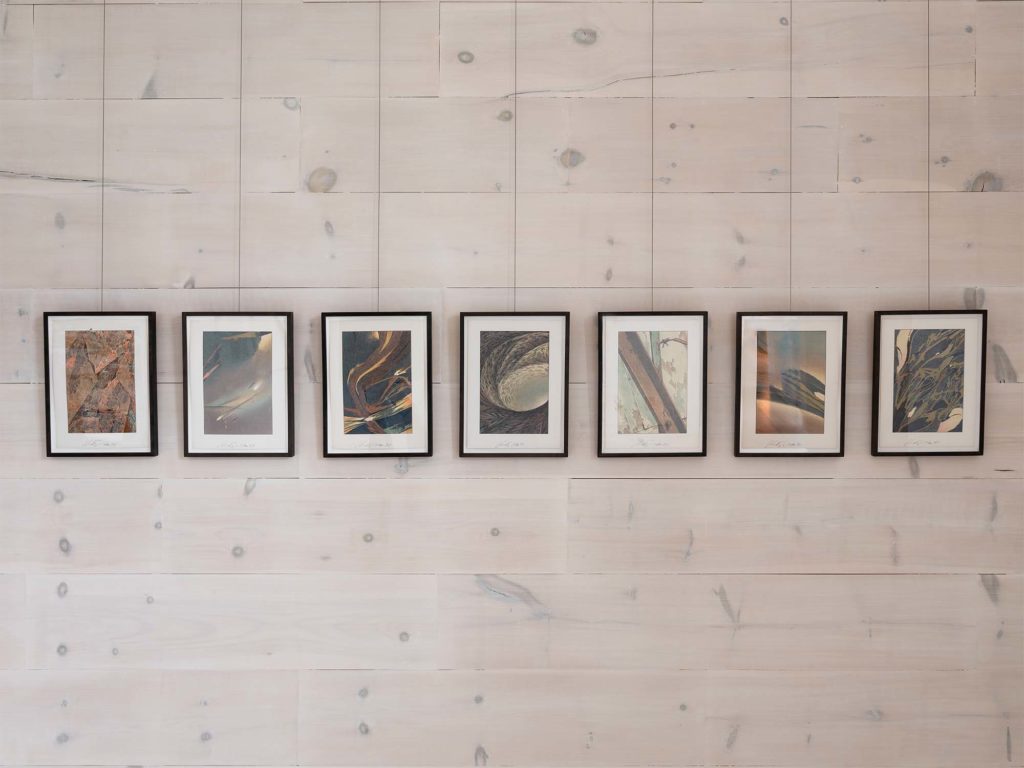
About Lebbeus Woods
Lebbeus Woods was born in Lansing Michigan, in 1940. The son of an accomplished military engineer, he attended Purdue University School of Engineering before attending the University of Illinois School of Architecture at Champaign-Urbana. Woods worked with John Dinkeloo at Eero Saarinen and Associates before turning decisively, in the mid-1970s, to independent conceptual work staged through drawings, models, and installations. He co-founded the Research Institute for Experimental Architecture with Olive Bridget Brown, and was a Professor of Architecture at the Cooper Union as well as a lecturer at the European Graduate School. The author of many books and subject of many exhibitions worldwide, his writings and drawings have inspired architects, film directors, story-writers and dreamers of all kinds. Woods’ drawings are held in numerous public collections, including the Museum of Modern Art, New York; the Cooper-Hewitt National Design Museum; the Whitney Museum of American Art; the San Francisco Museum of Modern Art; the Carnegie Museum of Modern Art; the Getty Research Institute; the Museum fur angewandte Kunst (MAK), Vienna.
